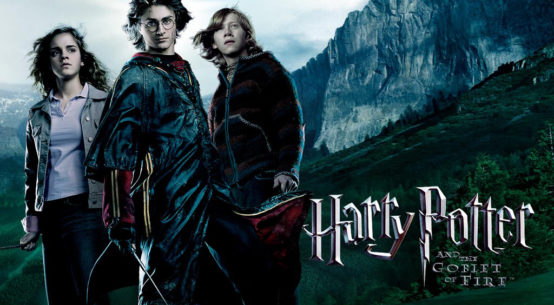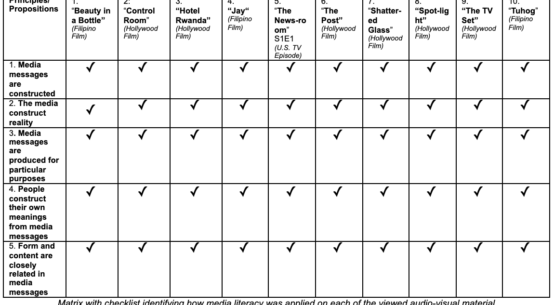In filmmaking, camera movement refers to the panning, tilting, or tracking of the camera while shooting a scene.
You can put the camera on a tripod, a dolly (a small platform on wheels used to carry the camera and its operator, a Steadicam (a lightweight mounting for a camera to keep it stable when filming tracking shots), a crane (a long, highly maneuverable boom-like device with a camera mount on its end), or any similar production equipment to achieve specific camera movements intended for the film.
Take note that you can be resourceful enough to come up with DIY options for any of these so you don’t need expensive equipment rentals and purchases for your filmmaking projects.
Panning
Panning refers to the movement where the camera is kept in place, but turned on its axis to employ horizontal movement, whether from right to left or vice versa.
The term “pan right” means the movement of the camera from the shot’s starting point to its ending point is from left to right. The shot is actually required to make such a linear movement goin to this direction. Meanwhile, the term “pan left” means the movement of the camera from the shot’s starting point to its ending point is from right to left.
A pan is usually done with the camera on a tripod. However, it is also used for handheld shots where the wrist somehow works similar to what a tripod’s axis offers. It can also be used while in a dolly or a crane to add more diverse movements the film’s shots.
Tilting
Tilting refers to the movement where the camera is kept in place, but turned on its axis to employ vertical movement, whether going up or going down.
The term “tilt up” means the movement of the camera from the shot’s starting point to its ending point is coming from below, as if looking down, then it goes up to a higher camera angle. Meanwhile, the term “tilt down” means the movement of the camera from the shot’s starting point to its ending point is coming from above, then it goes down to the required lower angle to show something in the scene from below.
Tracking and Handheld Shots
A tracking shot refers to any form of free-moving camera movement. It provides the needed spatial expression to a specific action done by an actor or actress and establish any emotional investment or exposition to the scene. The speed of the camera movement also contributes to how the scene will look and feel to the audience. In general, a tracking shot suggests a gradual or sudden growth of ideas and/or emotions in a particular scene.
When using a dolly, the track used to move the camera nearer or farther the scene allows the shot to visually move forward or backward. The term used for these are “dolly in” or “track in” when going nearer the subject and “dolly out” or “track out” when going farther the subject. It is also possible to use the dolly’s movement through side tracking or in a diagonal set-up. In such cases, the term used when setting up the dolly is “side track.”
When using a steadicam, crane, and the smaller types of cranes like the magnum and mini-jib, they allow each shot to more freely move to concentrate on a person, thing, or dramatic moment within the camera frame. Although generally more expensive than using a dolly, such equipment give more varieties in camera movements and even utilize combinations of what panning, tilting, and dolly-based tracking can already do for a shot. Camera movements using these equipment utilize the terms “track in,” “track out,” “side track,” “track right” and track left.”






